How To Select the Proper Road Bike Frame Size
Just because you are a certain height does not mean you should ride a certain frame size! There are a lot of variables when selecting the proper road bike frame size; however, the most important variable is going to be your reach. The reach is affected by the length of the top tube. Your reach can only be adjusted slightly by different stem lengths so there is generally only a few centimetres of adjustability, where as there is several inches of adjustability in the seat height or seat tube.
Interestingly, once you do figure out what frame size you are on a certain bike it does not mean that you are that frame size on another bike! Each bike manufacturer is different, for instance you could be a large (56cm) on most bikes; however, BMC fits large so it is likely you would be a medium (54cm).
You need to get on the different bikes and get a feel for them and see what is comfortable. Watch the video by GCN below:
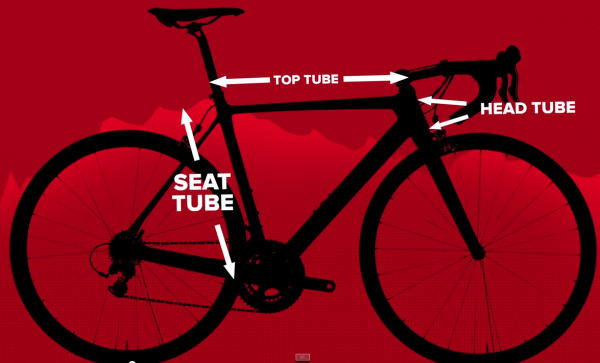
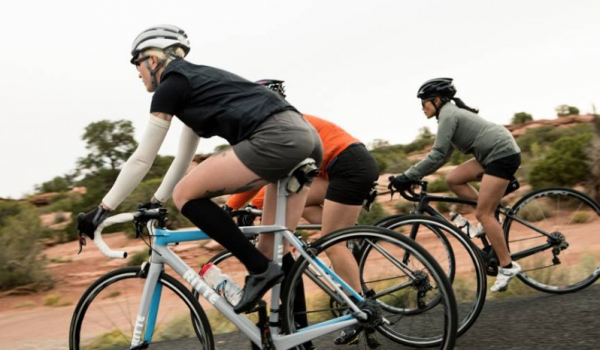 There’s a reason the term “rookie mistakes” exists. Every beginner, regardless of sport, is bound to make a few mistakes at the outset. Experience takes time, but with some preparation, it’s possible to avoid some of the more common mistakes made by cyclists early on. To give you a head start, here’s a list of ten things many bikers wish they’d known before they hit the road.
There’s a reason the term “rookie mistakes” exists. Every beginner, regardless of sport, is bound to make a few mistakes at the outset. Experience takes time, but with some preparation, it’s possible to avoid some of the more common mistakes made by cyclists early on. To give you a head start, here’s a list of ten things many bikers wish they’d known before they hit the road. 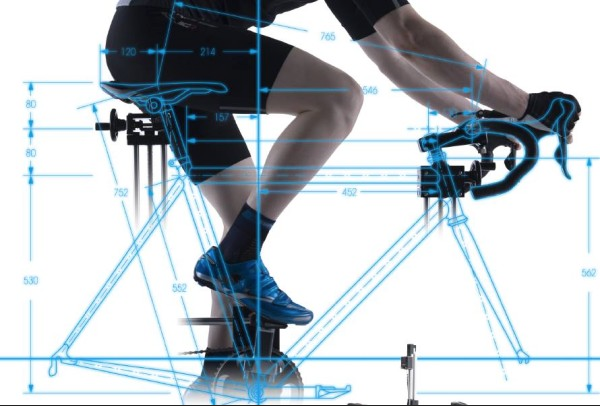 The saddle tilt is an important adjustment that needs to be taken into consideration. Lets take a look at what happens when the saddle angle is in the up, neutral and down positions.
The saddle tilt is an important adjustment that needs to be taken into consideration. Lets take a look at what happens when the saddle angle is in the up, neutral and down positions.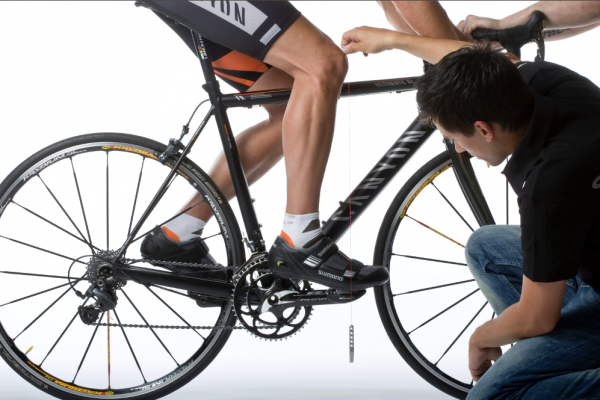 The fore aft saddle position corresponds to how close or how far the seat is in relation to the handlebars. This positioning is important because it affects your balance as well as your overall comfort level, power and efficiency.
The fore aft saddle position corresponds to how close or how far the seat is in relation to the handlebars. This positioning is important because it affects your balance as well as your overall comfort level, power and efficiency.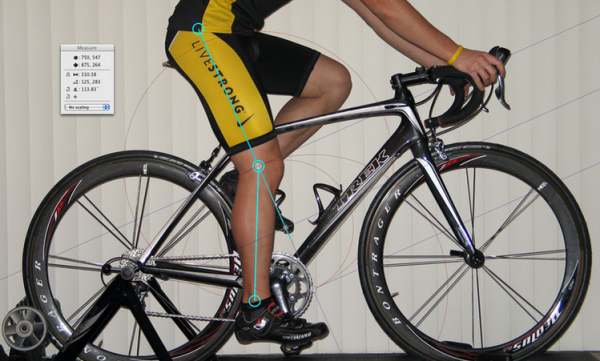
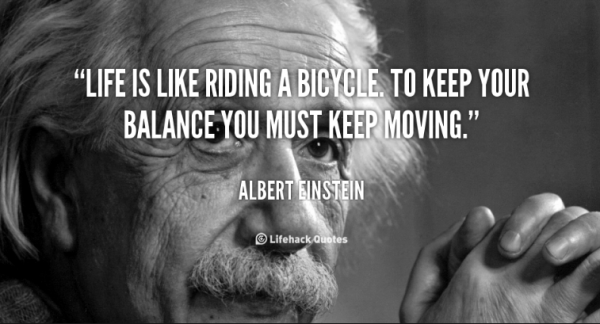 It can be argued that the best part of bicycling is the freedom. When you hit the road, you leave your woes behind. Speeding along with the wind in your hair, it’s easy to forget about the stress and demands of your everyday life.
It can be argued that the best part of bicycling is the freedom. When you hit the road, you leave your woes behind. Speeding along with the wind in your hair, it’s easy to forget about the stress and demands of your everyday life. 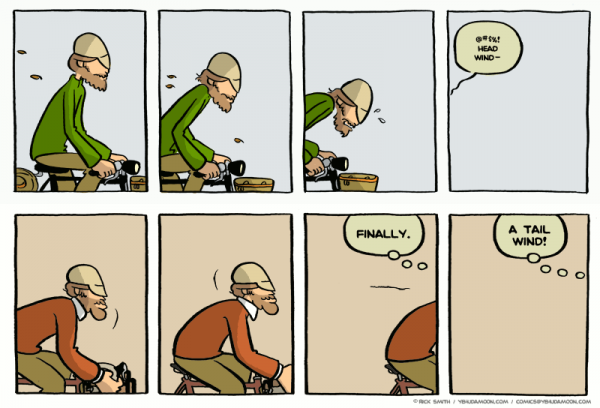 It’s race day and you’re confident in your skills, your bike, and your training. You’ve been practicing drafting, breakaways, and tactics so that you have enough energy for that final push at the end. The one thing you may not have counted on is the strong winds that forecasted for that day. Cycling in strong winds can play tricks on you. Here’s a few tips on how best to handle it.
It’s race day and you’re confident in your skills, your bike, and your training. You’ve been practicing drafting, breakaways, and tactics so that you have enough energy for that final push at the end. The one thing you may not have counted on is the strong winds that forecasted for that day. Cycling in strong winds can play tricks on you. Here’s a few tips on how best to handle it. 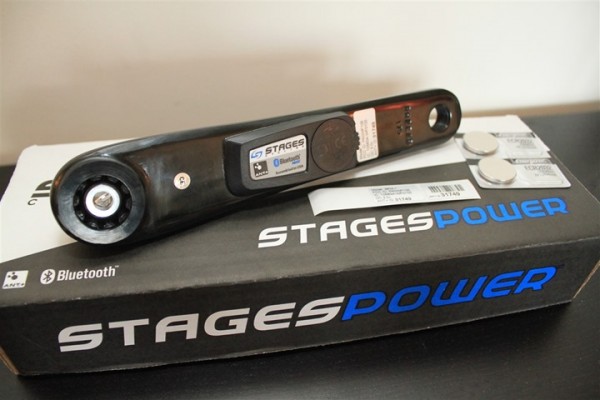 Previously, I introduced the concept of power training – that is,
Previously, I introduced the concept of power training – that is, 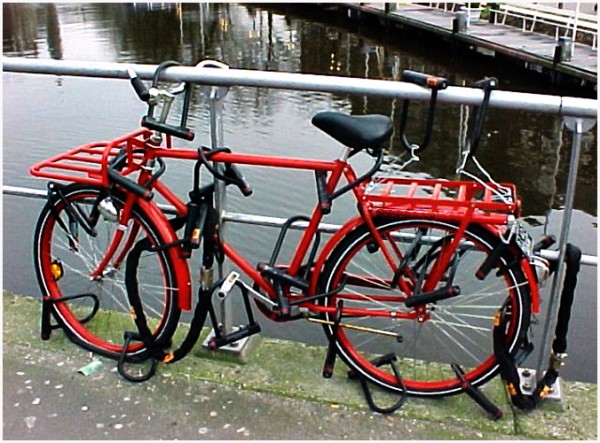 There is a right way and a wrong way to lock your bike. The wrong way makes it very easy for experienced bike thieves to take the bike or parts of the bike. The right way discourages theft of any kind as it becomes too difficult to even attempt theft. Here are some quick tips on how to properly lock your bike no matter where you are.
There is a right way and a wrong way to lock your bike. The wrong way makes it very easy for experienced bike thieves to take the bike or parts of the bike. The right way discourages theft of any kind as it becomes too difficult to even attempt theft. Here are some quick tips on how to properly lock your bike no matter where you are. 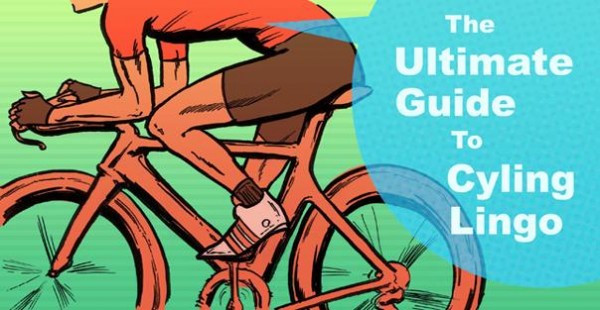 So you want to be a cyclist? Then you should probably learn how to speak like a cyclist. Here are some terms you may come across while reading cycling blogs or speaking to your fellow cyclists outside of the normal mechanical jargon.
So you want to be a cyclist? Then you should probably learn how to speak like a cyclist. Here are some terms you may come across while reading cycling blogs or speaking to your fellow cyclists outside of the normal mechanical jargon.